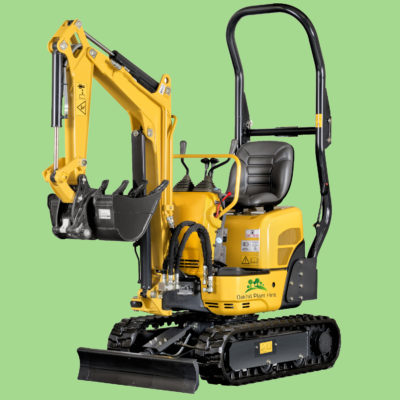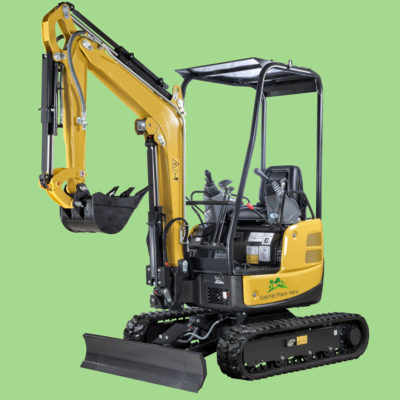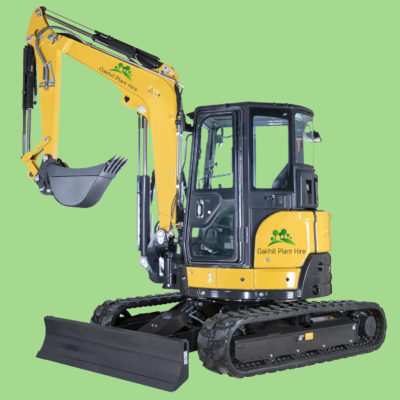Dumper trucks are a common sight on construction sites as they are great machines for moving about aggregate materials such as sand, gravel and dirt. Also known as dump trucks, or tippers, they are a must have for almost any construction, road building or surface mining project as they make moving materials much more efficient.
Origins
The early British dumpers we would recognise today were usually 2-wheel drive machines with a payload of about 1 ton. The single cylinder diesel engines were started by hand cranking and the steering wheel turned the back wheels rather than the front. With neither electric or hydraulic systems to rely on, the principle of gravity was relied on to unload these machines. The skip would have been secured by a catch at the driver’s feet, and when released, the skip would pivot under the weight of its contents and unload. Once emptied, the skip would be returned to the loading positing by hand, ready for the next load.
Today’s dumpers are able to carry much larger payloads and are usually steered using a pivot point at the middle of the chassis, making them much easier to manoeuvre than their early counterparts. In order to power these much larger, often four wheel drive machines, modern dumpers have multi-cylinder diesel engines as well as hydraulic systems for tipping and steering. In order to make sure these machines are as safe to operate as possible, today’s dumpers are fitted with an A-frame above the drivers seat known as a Roll-Over Protection Structure (ROPS), which aims to protect the driver if the dumper rolls over. Some dumpers are also fitted with Falling Object Protection Structures (FOPS) which also aim to protect the driver. In the 1990s, swivel skips became increasingly popular in Britain as they allow the skip to be rotated before tipping, therefore making them ideal for use in narrow sites such as roadworks and residential areas.
High Tip Dumpers
This type of dumper usually has a 1 ton payload and is ideally suited to those jobs where space is limited. High tip dumpers are often used to load waste materials into skips, and therefore have the capability to dump from heights of approximately 1.85m.
Swivel Tip Dumpers
Swivel tip dumpers come in a range of sizes and are often a similar design to high tip dumpers, but with the added benefit of being able to swivel the skip 180°. Therefore, they are very popular with contractors working on narrow sites such as roadworks and residential areas.
Tracked Dumpers
Due to running on tracks rather than wheels, and therefore spreading their weight more evenly, tracked dumpers provide superior traction and control compared to their wheeled counterparts. They are particularly suited to sites which prove to be difficult for wheeled dumpers, such as steep inclines or wet, muddy ground.
If you’ve decided that you need a dumper for your next project, or have any questions about the dumpers we have available for hire, give us a call on 01303 844418.




